Talent acquisition srategies to set your company apart
High performers have a track record of getting the job done. Researchers have found they can deliver up to 400% more productivity than average employees. Regularly called upon to tackle essential projects or drive & deliver outcomes. Those exceptional individuals who consistently excel and surpass expectations are not merely a choice; it's a strategic necessity.

Today, it’s not enough to simply offer flexible working choices, as that is becoming the norm. So what else can you do to stand out from your competitors to attract these star performers? First of all, you must have a deliberate plan to attract, recruit, and retain them. Here are some key tips to follow:
Promote a work environment that encourages autonomy
Top performers don’t want to be micromanaged, and nor do they want to be ignored. Set expectations, offer support, provide feedback, and then get out of the way and let them thrive.
Be known as a company that supports and encourages employees to use their skills and strengths and provides them with the resources and tools they need to excel. This is an important lure in attracting the talent you want and getting them onboard.
Communicate your career development philosophy
Talented candidates are attracted by compelling opportunities to learn new skills for on-going career development. It is no longer an optional perk; it is expected by today’s talent.
A career development philosophy starts by understanding the goals, aspirations, and motivators of your current employees. Find out what skills and experience they want to build that correspond to your business objectives and then establish a learning path for their career growth.
According to a LinkedIn Workforce Learning Report, 93% of employees would stay at a company longer if it invested in their careers. This is important for top candidates, a retention priority, and a win for everyone. Communicate your learning culture at every opportunity.
Draw them in through your Employee Value Proposition (EVP)
Your EVP is much more than the compensation and full range of tangible benefits you offer such as holidays and sick days. It’s the “What’s in it For Me” from an employee perspective – and there are four key areas of an EVP.
What other rewards are you offering? To entice the candidates you want to attract, it is the intangible benefits you offer that will get attention. Focus on your intangibles such as your culture, work environment, and opportunities to grow.
Build an employee-centric culture
A work culture where everyone is watched and where creativity is suppressed won’t attract top talent or boost productivity. An employee-centric culture is an environment where employees take pride in their work, feel valued, and are encouraged to make suggestions.
To build an employee-focused culture, encourage ideas and free-flowing communication. Ensure employees are respected and feel safe when they share ideas and make suggestions for improvement. Be proud of your employees’ achievements and take the time to recognise them. Your ability to attract and retain talent depends on it.
Show appreciation to your employees
How you treat your employees overall is reflected in your company’s reputation and your success in attracting top tier candidates.
Showing appreciation can be done in any number of ways such as: telling them why they made a difference; upgrading tools and software; being honest and transparent; recognition programs, informal shout-outs, or just taking the time to connect and ask how they are doing.
Top performers want to make an impact and believe in the work they are doing. Being known as a workplace that puts an emphasis on the employee within a supportive, and positive environment is a smart way to make your company stand out to attract and retain great talent.
Top talent acquisition is not a matter of luck
Creating and identifying your company as a place where top performers are valued, can make an impact, and grow, is critical in your talent attraction, hiring, engagement, and retention strategy.
Also critical is having a hiring process in place that identifies the top performers who would be a perfect fit for your organisation from the many other candidates who apply.
There are several great interview questions you can ask to identify top performers, such as “Where do you see yourself in 5 years' time?”. Employers should never shy away from anyone who aspires to their own business, as it demonstrates someone who is driven and wants to succeed. Another great question could be “Tell me about a project or accomplishment that you're most proud of in your career.” This question allows candidates to highlight their achievements and provides insight into their strengths and what they value in their work.
In addition to the traditional interview process, there are several behaviorual tools you can utilise to build out what a top performer looks like. Such tools can:
• Determine the behaviours, styles, and preferences that best fit your unique culture and business environment
• Understand the knowledge and experience your top performers have.
• Assess the skills and abilities that differentiate them.
The tool can then create a “top performer” profile, which can be used as a benchmark to help guide future hiring decisions.
Organisations are constantly striving to outshine their competitors, innovate, and stay at the forefront of their industries. The key to achieving these goals often lies in the talent you bring on board—your people are and will always be your most valuable asset. Your talent acquisition strategy needs to be fluid; companies need to stay flexible and responsive to changing trends for long-term success.
Contact Drake at 13 14 48 to discuss your talent acquisition specialist, secure your next top performer.
 CA-EN
CA-EN UK
UK AU
AU US
US NZ
NZ PH
PH ZA
ZA SG
SG HK
HK






